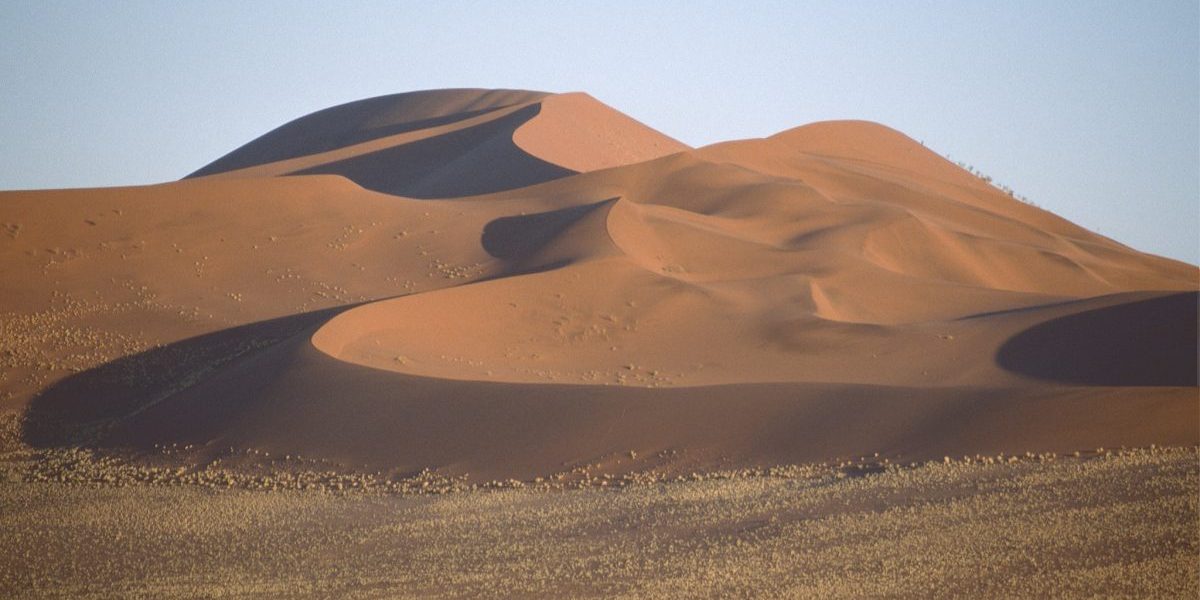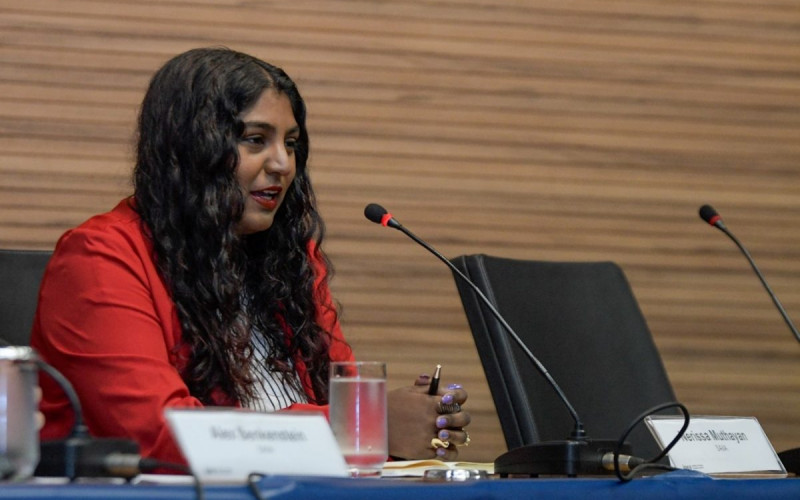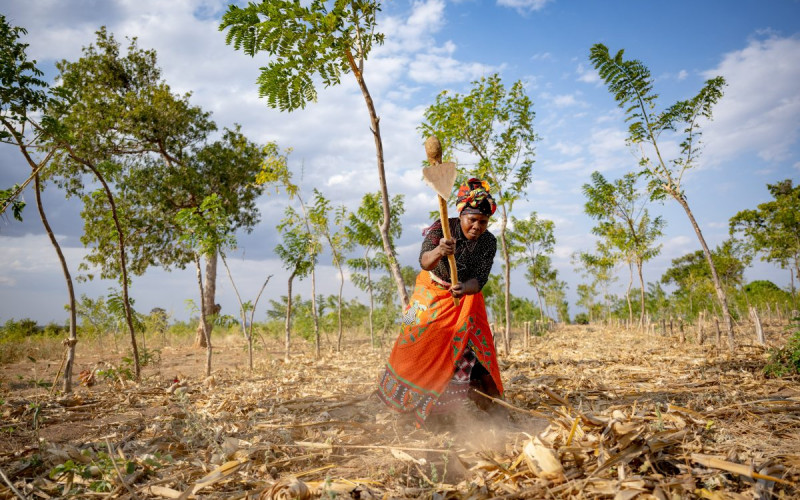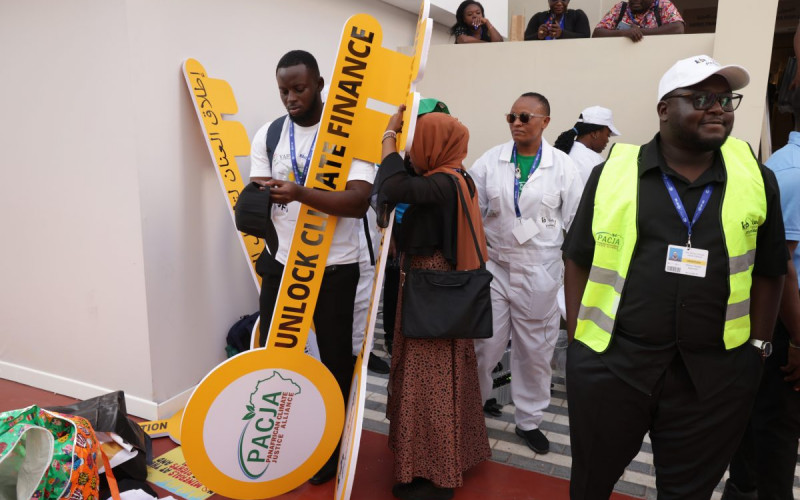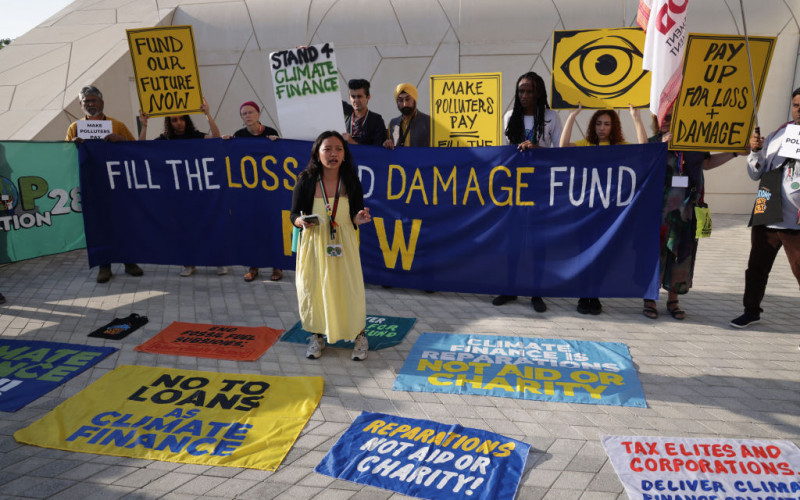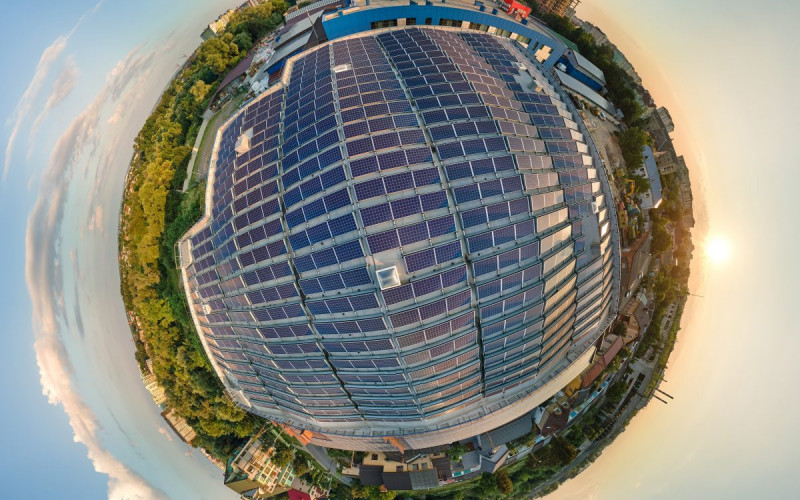SUN-scorched and starved of rain, Namibia’s endless desert and scrubland is an unforgiving place for a determined farmer with a dream. Only 2% of the country receives enough rain to grow crops. Irrigation from rivers is possible only along a few border rivers in the far north and south and borehole irrigation is prohibitively expensive.
Yet Dusan Vasiljevic, a lone entrepreneur with a feel for horticulture and global markets, observed that Namibia’s mild coastal climate was perfect for growing table grapes for Europe at times of the year when they are most vulnerable to frost elsewhere in the world. Since first connecting those dots in 1988, Vasiljevic – and those who have followed in his footprints – built a new agricultural industry from scratch on land that received less than 50mm of rainfall a year.
‘The Namibian table grape industry owes a lot to one man for single-handedly, against all odds, starting and building the production and export of table grapes in this arid country,’ said Achilles de Naeyer, chairperson of the Namibian Orange River Table Grape Growers Association.
A Yugoslav by birth, Vasiljevic became a commodity trader in fruits and later started his own trading company in Johannesburg, South Africa. In the 1980s, Vasiljevic learned that Europeans enjoy eating fresh grapes year-round, but few places on the planet can produce them in November and December because of frost and rainfall. Knowing that several grape varieties thrive on high heat and low humidity, Vasiljevic recognised an opportunity along Namibia’s Atlantic coast.
In 1988 Vasiljevic bought Aussenkehr, a failed vegetable farm along the Orange River. The plot offered only a few derelict buildings and rudimentary irrigations pumps and systems. But despite its low annual rainfall, the farm did have a 15km riverfront and an annual irrigation quota – a government-determined ration based on acreage planted and pumping capacity.
But Vasiljevic was no grape farmer, and faced a steep learning curve planting his first 100 hectares. Grape vines must be tended for three years before they bear fruit. But the farm’s irrigation pumps soon failed and had to be replaced on expensive credit terms. The financial strain increased when he had to buy out his initial investment partners who lost faith in this risky venture. No South African banks would lend to him – Volkskas Bank had lost millions from the previous owner. Vasiljevic had to source his own funding in foreign currencies, an expensive exercise as the South African rand (to which the Namibian dollar is pegged) plummeted against global currencies in the 1990s.
‘It was tough,’ reflected Vasiljevic. ‘People thought I was mad and that this was a white elephant. The perception was that it was simply not possible to grow grapes there. I was in a newly independent country planting new crops in a virgin area. There was hardly any infrastructure, a lack of quality management. The commercial banks don’t deal with many farmers and refused to lend, especially in new areas.’
To keep the farm going while the grape vines matured, Vasiljevic planted vegetables including tomatoes, cantaloupes and watermelons for the South African market. A project to supply tomato paste to Namibia’s fishing industry failed, because the South African businesses dominating the industry preferred South African suppliers. Vasiljevic’s grit was often the only thing that kept him going.
‘If you know you are right and someone keeps telling you that it can’t be done, you redouble your efforts to prove a point,’ Vasiljevic said. ‘I was always optimistic, I had the desire, and at times was desperate as I had invested everything. Many good businesses require time to bloom, and I was lucky that I had time.’
Gleaning government support
Although Namibia was the only country able to produce grapes at year end, winning access to the European market was a long struggle. The Namibian government successfully applied for membership of the Fourth Lomé Convention (1992-2000), an agreement offering preferential access to the EU market for certain low income African, Caribbean and Pacific (ACP) states. Once in Lomé, Namibia was free to seek particular concessions for its agriculture exports.
Vasiljevic had written to the Ministry of Agriculture, motivating why Namibian grapes should be on the negotiating table in Brussels. European grape-producing states, notably Spain, Italy and France, as well as several non-EU grape farmers cannot produce at yearend, and their fresh grapes deteriorate in quality after long, expensive periods in cold storage. These countries therefore lobbied to make any duty-free grape access time-bound. Eventually, all the ACP countries, combined, were permitted to export a relatively small quota of 600 tonnes of fresh seedless table grapes duty-free to the EU from 1 December to 31 January each year.
Even in 1992, Namibia was the only ACP country that could export table grapes to the EU, and Aussenkehr easily exceeded the 600 tonnes on its own. After constant lobbying of the EU, the duty-free quota was boosted to 800 tonnes in 1996, split between December and January, available to the first supplier to market. Namibia managed to squeeze out some relief for its grape industry, effective from January 2002. The government negotiated, for Namibia only, a tariff reduction of 2.5% for grapes over the 800 tonne quota. Namibia pays 8% duty on these grapes, and all other countries pay 11.5% duty. However, changes to EU trade rules have subsequently extended this concession to all ACP countries.
This meagre market opening nevertheless allowed Aussenkehr into Europe. The farm secured a deal to supply British supermarket giant Tesco.
‘Over 80% of all fresh produce sold in the UK is sold in supermarkets,’ said Stuart Symington, CEO of the South African Fresh Produce Exporters’ Forum. ‘Tesco imports 30% of that by value. If you impress head office, you may then be a preferred supplier to their stores in Asia. Supermarkets want grapes on their shelves 365 days a year. You get brilliant prices, if you can deliver consistently to very fussy customers. And it’s all about the marketing window – if you don’t take advantage, they will hunt for grapes from one of their 27 other supplier countries. Deliver what you are asked to – you are dead if you don’t.’
Spreading the benefits
Vasiljevic’s market knowledge and contacts paid off handsomely. Fresh table grapes sell wholesale for about $3,800 per tonne (after duty) in Europe, and these good prices allowed Vasiljevic to restructure his debt and start planting new vineyards. Today, about 75% of all Namibian table grape sales are to the EU.
Following his initial success, Aussenkehr Farms planted more vineyards, and currently has 350 hectares under production. Vasiljevic sold some land to the Namibian Government at a reduced price, and the parastatal agency the Namibia Development Corporation has planted more vineyards, as has a black empowerment corporation (the Namibia Grape Company (NGC), supported by the Government Institution Pension Funds of Namibia) on 360 hectares adjacent to Aussenkehr. The government is also developing new production areas on the farm Tandjeskoppie, next to Aussenkehr with assistance from the Arab Development Bank, and plans another 5,000 hectares under irrigation.
‘Quite a few other farmers, although not on the same scale, have followed his example and have learned from him how to produce and successfully export table grapes of high quality standards worldwide,’ said de Naeyer. ‘Namibian grapes are well sought after in the European and Asian markets before and around Christmas time.’
Total Namibian table grape production has grown from 1,000 tonnes produced by Aussenkehr’s first 150 hectares in 1991 to more than 12,000 tonnes in 2003. The approximate value of these exports is about N$180 million ($29 million).
Roughly 3,500 new permanent employment opportunities have been created by the table grape industry with another 7,000 workers employed as part-time harvesters for three to four months a year. The industry is the largest employer in the impoverished, underdeveloped Karas Region where Aussenkehr is situated. For every 1,000 tonnes of table grapes Namibia has produced and exported, an estimated 300 new permanent and 600 part-time jobs were created, and these workers earn a total of about N$6,000,000 (about $967,000).
A growing sector
Vasiljevic and other entrepreneurs are now expanding Namibian table grape production beyond the original narrow band of land in Karas. Komsberg Farming, in cooperation with a major black economic empowerment group, has opened up a production unit about 200km east along the Orange River.
Another grape production area – this time with no connection to Aussenkehr Farms – is developing 600km north of the Orange at the Hardap irrigation scheme in Namibia’s South Central region. Although the new vineyards under cultivation are still small, an export licensed pack house for table grapes has been recently built at Hardap to accommodate an additional export volume of 3,000 tonnes. Previously, farms produced wheat, maize, raisins and sultanas (a form of yellow raisin) using irrigation from the nearby Hardap dam. With the rising cost of providing scarce water for irrigation, innovative farmers have been switching to high value crops – mostly fruit, vegetables and flowers – principally for export.
While this region lacks the ideal climatic conditions and agricultural experience of Aussenkehr, these excellent quality grapes have created a demand in Europe. About 12 individual farmers grow the grapes on relatively small plots, creating about 150 permanent jobs in Hardap. These farms use the same Kalahari Table Grapes brand name and joint packing facilities. They realised that ordering individual packaging material was too expensive if each farm did it alone, and space was limited. In turn they came to appreciate other advantages of cooperation, such as having a single negotiator to interact with the buyers. These grapes supply a different British grocery store chain and face full tariffs, as Aussenkehr uses its climatic advantage to consistently export about three weeks before the Hardap farmers and about five weeks before South Africa. European wholesalers send their experts to Namibia before harvesting and during packing, to ensure that their quality standards are met.
Namibia has no organisation able to certify that grapes meet the EU’s stringent quality standards. Exporters must pay the South African government’s Perishable Products Exports Control Board (PPECB) to conduct inspections. The European supermarkets also insist that they pass their own stringent inspections. The Namibian grape producers are then eligible to export to Europe, as they have achieved EurepGAP certification – the complex, costly set of interconnected requirements covering food safety, the origins of produce, environmental standards and the social welfare of workers on farms producing for the EU.
Building new markets
Other potentially lucrative export markets, however, remain closed. Namibia has tried for the last eight years to get table grapes into the US market. But it can take five to seven years to meet the quarantine conditions needed to get an import permit from the Animal and Plant Health Inspection Service (APHIS) in the US Department of Agriculture (USDA). A Pest Risk Assessment (PRA) controlled and supervised by APHIS is normally required, and Namibia lacks the expertise to execute these complex tests on its own. While the US has shown some willingness to assist Namibia, various visits by APHIS experts have not shown real progress. With the US dollar depreciating, the industry has seen European expansion as more profitable than attempting to meet the APHIS requirements. Successive US delegations have offered different ideas about implementing the PRA. Even intervention by the US ambassador in Namibia seems to have delayed rather than speeded up this process.
Ironically, the Northern and Western Cape Provinces in South Africa received USDA-approved table grape export permits without much trouble in 1995, perhaps the result of strong political will to integrate post-apartheid South Africa into the global trading system. But South Africa’s PRA is not acceptable to APHIS for Namibia, and the laborious and expensive exercise must be duplicated although the two production zones straddle the Orange River.
Urging Collaboration
The ingenuity and determination of one person has spurred the creation of the most promising and fastest growing sector of agricultural exports from Namibia. Technical knowledge and perseverance are the motors of this industry that developed from a debt-ridden small enterprise to one of Namibia’s largest companies.
The government recently established the Green Scheme project to incorporate disadvantaged Namibians into commercial operations. Budding farmers wanting to create new irrigation schemes are required to have a black empowerment component.
At the NGC’s irrigation project adjacent to Aussenkehr Farms, 30 small-scale farmers have been established in a mixed vegetable/grape production unit. Aussenkehr packs and markets their grapes through existing channels normally inaccessible to the low volumes produced by individual farmers. Synergies are being formed between larger commercial farms and new small farmers, as evidenced by the formation and strength of the Namibian Orange River Table Grape Association, which gives newer entrants all the benefits of access to established market channels and quality certification systems, which small farmers would be unable to develop individually.

